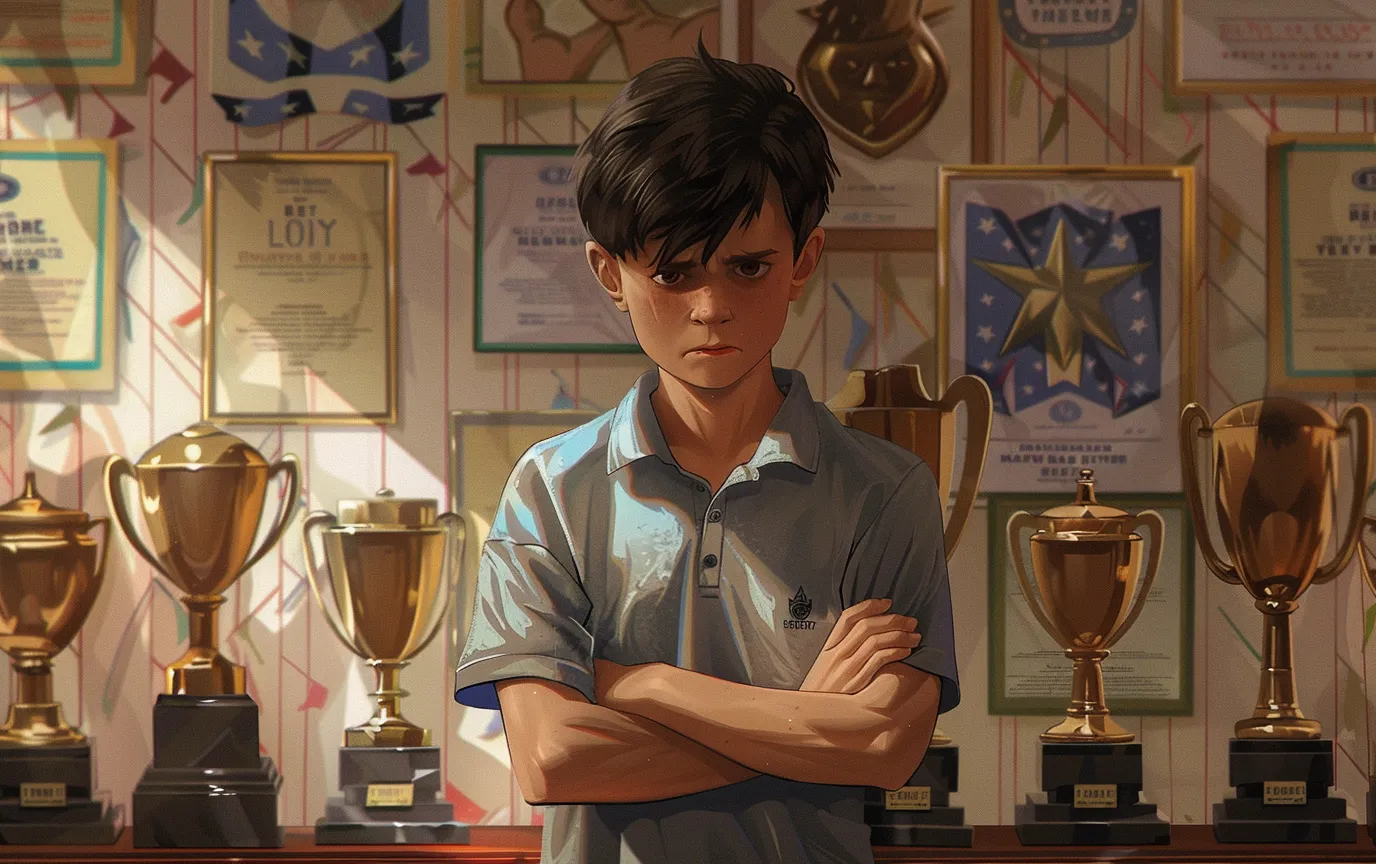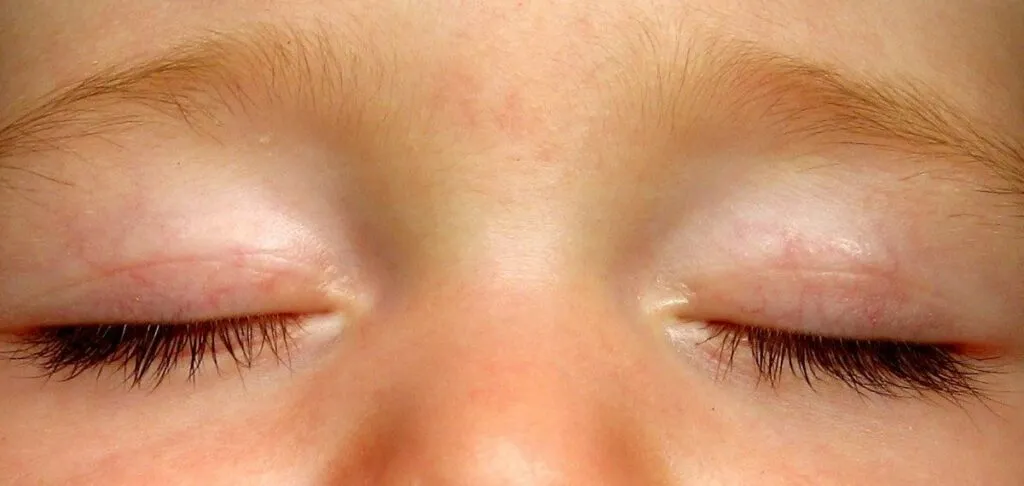

Who among us hasn’t felt like Napoleon, standing atop a conquered peak?
The world seems to applaud your success, and suddenly your reflection appears taller, brighter, cooler.
These are the telltale signs of “star disease,” and it’s more dangerous than we think.

What is “Star Disease”?
The Narcissism Epidemic
According to Professor Alexander Bondarenko, a doctor of psychological sciences at Kiev National University, “star disease” is the colloquial term for bouts of narcissism.
These episodes can evolve from fleeting moments into a persistent behavioral pattern. In today’s social media-driven world, the opportunities for narcissistic behavior have multiplied exponentially.

Two Types of Narcissism
Psychotherapists recognize two varieties:
- Primary narcissism: childhood egocentrism
- Secondary narcissism: adult form
In the adult version, individuals lose interest in the world, focusing entirely on themselves.
This self-absorption can lead to a distorted view of reality and strained relationships.

The Cultural Context
It’s worth noting that what we call “star disease” can vary across cultures. In some societies, individualism is highly prized, potentially fostering narcissistic tendencies.
In others, collectivism may temper such impulses. Understanding these cultural nuances is crucial for proper diagnosis and treatment.

Symptoms of Star Disease
The Inflated Ego
The hallmark of this condition is a painful exaggeration of one’s own importance. “Narcissists” attribute all positive life events solely to their own doing.
This can manifest in various ways:
- Constant name-dropping
- Exaggerating achievements
- Dismissing others’ accomplishments

Behavioral Red Flags
Key symptoms include:
- Excessively high self-esteem
- Intolerance of criticism
- Categorical thinking
- Hypersensitivity to perceived slights
- Obsessing over minor details
- Difficulty accepting responsibility for mistakes
![]()
Mood Swings and Validation Seeking
Those afflicted experience frequent mood fluctuations and constantly seek confirmation of their idealized self-image.
This can lead to:
- Fishing for compliments
- Surrounding oneself with “yes-men”
- Extreme reactions to perceived rejection
Physical Manifestations
Interestingly, “star disease” can have physical symptoms:
- Exaggerated posture
- Loud, domineering voice
- Invasive body language

Who’s at Risk?
Personality Factors
Professor Bondarenko identifies a predisposition in demonstrative, superficial, and less educated individuals. Conversely, those with depth and substance are less susceptible.
However, it’s important to note that intelligence doesn’t preclude narcissism; in fact, gifted individuals may be at higher risk due to early praise and recognition.

High-Risk Professions
Careers with heightened risk include:
- Actors and celebrities
- Writers and journalists
- Teachers and professors
- Artists and musicians
- Politicians and public figures
- CEOs and high-level executives
These public-facing roles often amplify narcissistic tendencies. The constant spotlight and adulation can feed into an already inflated ego.

Hereditary Factors
Dr. Natalia Kostinskaya, a professor and medical doctor at the International Homeopathic League, notes that star disease can be inherited.
Children of famous or talented individuals are particularly vulnerable.
![]()
Gender Dynamics
Interestingly, when the mother is famous, sons are more at risk. For renowned fathers, daughters are more susceptible.
This could be due to same-sex parent competition or idealization of the opposite-sex parent.

Age and Life Stage
While narcissism can develop at any age, certain life stages present higher risks:
- Adolescence: A natural period of self-focus
- Early adulthood: When career success may first hit
- Midlife: Often a time of reassessment and potential crisis

The Impact on Health and Relationships
Physical Health Consequences
Dr. Kostinskaya outlines several health risks:
For Men:
- Cardiovascular diseases (increased risk of heart attacks and strokes)
- Neurasthenia (chronic fatigue, anxiety, and headaches)
- Alcoholism tendency (as a coping mechanism)
For Women:
- Painful menstruation and menstrual irregularities
- Heavy bleeding leading to anemia
- Fibroids and ovarian cysts
- Benign tumors in breast tissue
- Early, painful menopause
- Hormonal imbalances (particularly elevated testosterone)
- Infertility and increased risk of miscarriages

The Toll on Relationships
Star disease often leads to loneliness. The constant need for admiration and control can strain or destroy personal relationships.
This can manifest in:
- Failed marriages and partnerships
- Estranged children
- Lack of close friendships
- Difficulty maintaining professional relationships
Case Study: Oksana’s Story
Dr. Kostinskaya shares a poignant example:
Oksana, a successful 35-year-old marketing executive, divorced her husband of ten years. She left the courtroom smiling, determined to prove her happiness and self-sufficiency to the world.
Over the next decade, Oksana climbed the corporate ladder, bought a luxurious home, and traveled extensively.
On the surface, she appeared to have it all. She became a self-styled guru, offering unsolicited advice to friends on relationships and parenting.
However, her own family life was far from ideal. Oksana used silent treatment as punishment, once ignoring her 12-year-old son for two months for a minor transgression.
She constantly criticized her older son, trying to mold him into her image of perfection.
Tragically, Oksana’s life was cut short at 45 by an aggressive brain tumor.
Her younger son’s response to her death was telling: “Now I can get a cat.” This simple statement revealed years of emotional deprivation and control.
This case illustrates the profound impact of unchecked narcissism on family dynamics and personal well-being. It also highlights how external success can mask deep-seated psychological issues.

Treatment and Management
Education as Medicine
The best treatment for star disease is learning. Bondarenko recommends:
- Attending a good university or continuing education program
- Studying philosophy to gain perspective on human nature and existence
- Exploring anthropology to understand cultural diversity
- Delving into philology to appreciate the nuances of language and communication
- Tackling mathematics to develop logical thinking skills
- Studying psychology to gain self-awareness and understand others
- Immersing oneself in art history to appreciate human creativity and expression
Homeopathic Approaches
Dr. Kostinskaya suggests homeopathic remedies:
- Platinum-based treatments to correct excessive self-love
- Aurum metallicum for those with delusions of grandeur
- Lycopodium for individuals with compensatory narcissism
She also recommends:
- Fasting combined with prayer, humility, and repentance
- Meditation and mindfulness practices
- Yoga and other body-mind therapies
Developing Healthy Traits
Key qualities to cultivate include:
- Sense of humor, especially self-deprecating humor
- Self-criticism and honest self-reflection
- Self-irony and the ability to laugh at one’s own foibles
- Empathy and active listening skills
- Gratitude and appreciation for others
Coping Strategies for Friends and Family
For those close to a “star”:
- Develop stress resilience through self-care and support networks
- Understand it’s an altered state, not a reflection of your worth
- Don’t take reactions at face value; look for underlying insecurities
- Maintain common sense and tolerance in the face of grandiose claims
- Practice patience, but also set firm boundaries
- Encourage professional help when necessary
Prevention and Early Intervention
Recognizing Early Signs
Early indicators may appear in school:
- Perfectionism and inability to handle criticism
- “Ends justify the means” mentality in achieving goals
- Taking on excessive responsibilities to be in the spotlight
- Difficulty working in teams or sharing credit
Building a Balanced Perspective
Encourage:
- Recognition of others’ contributions to one’s success
- Appreciation for teamwork and collaboration
- Understanding of external factors and luck in success
- Regular volunteer work or community service
- Mentoring relationships with older, wiser individuals
Parenting Strategies
For parents concerned about raising narcissistic children:
- Offer praise for effort, not just results
- Teach empathy through example and discussion
- Encourage activities that require cooperation
- Address entitlement early and consistently
- Foster a sense of responsibility and consequences
The Spiritual Dimension
Star disease can be seen as a form of spiritual emptiness or pride – the first biblical sin.
Dr. Kostinskaya advises that it’s better to cry and accept humility than to carry the banner of self-sufficiency at the cost of one’s health.
Many spiritual traditions offer wisdom on combating narcissism:
- Buddhism emphasizes the illusion of the self
- Christianity promotes humility and service
- Hinduism teaches about the interconnectedness of all beings
- Islam stresses submission to a higher power
Incorporating these spiritual perspectives can provide a broader context for personal growth and self-understanding.
Learning from Nature
The sun, a literal star, sets a good example. It warms the world with light and heat, then humbly sets each evening without pomp or ambition.
This natural cycle reminds us of the importance of balance and the transient nature of any “moment in the spotlight.”
Other natural metaphors can be instructive:
- Trees grow tall but remain rooted
- Rivers flow towards the sea, not away from it
- Mountains stand firm but are shaped by wind and water
The Role of Society
Our culture often celebrates narcissistic behavior, particularly in celebrities and business leaders. This societal reinforcement can make it challenging for individuals to recognize and address their own narcissistic tendencies.
Media literacy and critical thinking skills are crucial in navigating a world that often conflates self-promotion with genuine achievement.
Schools and community organizations can play a vital role in teaching these skills.
The Path to Balance
Star disease, while challenging, is not insurmountable. Through education, self-awareness, and cultivating humility, individuals can overcome narcissistic tendencies and lead more balanced, fulfilling lives.
Remember, true greatness lies not in self-aggrandizement, but in recognizing our place within the larger tapestry of life and the contributions of those around us. By working to overcome star disease, we not only improve our own lives but contribute to a healthier, more compassionate society.




